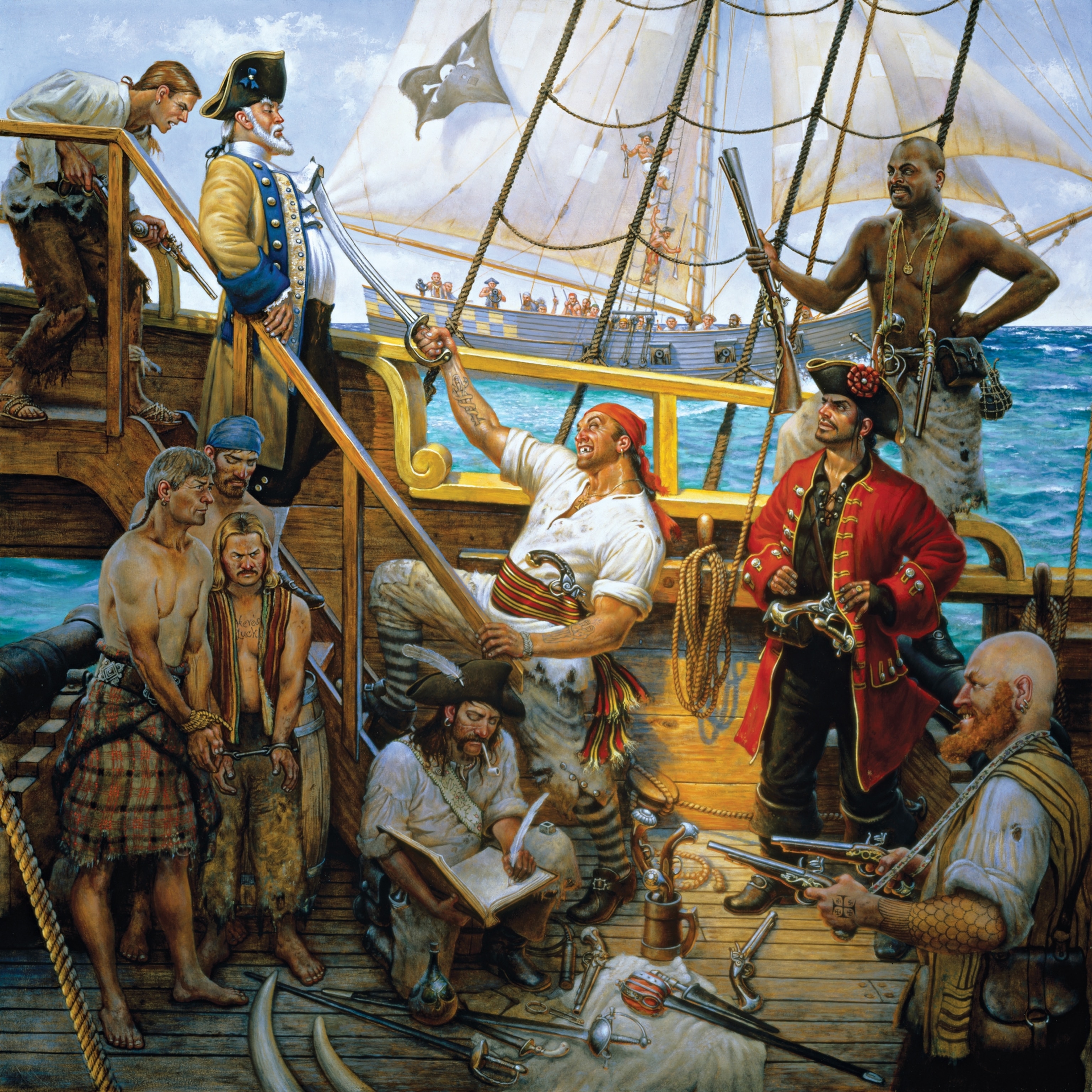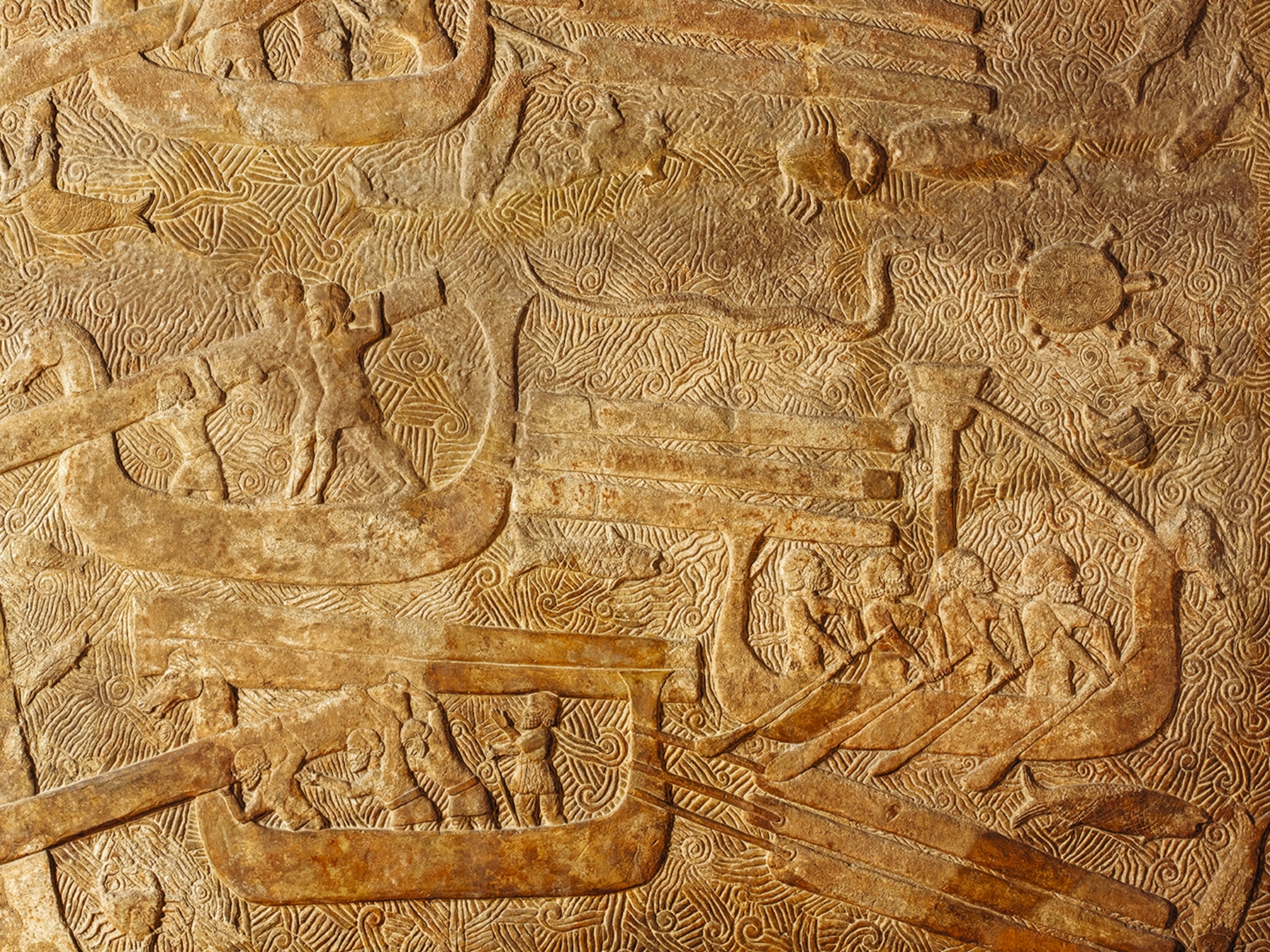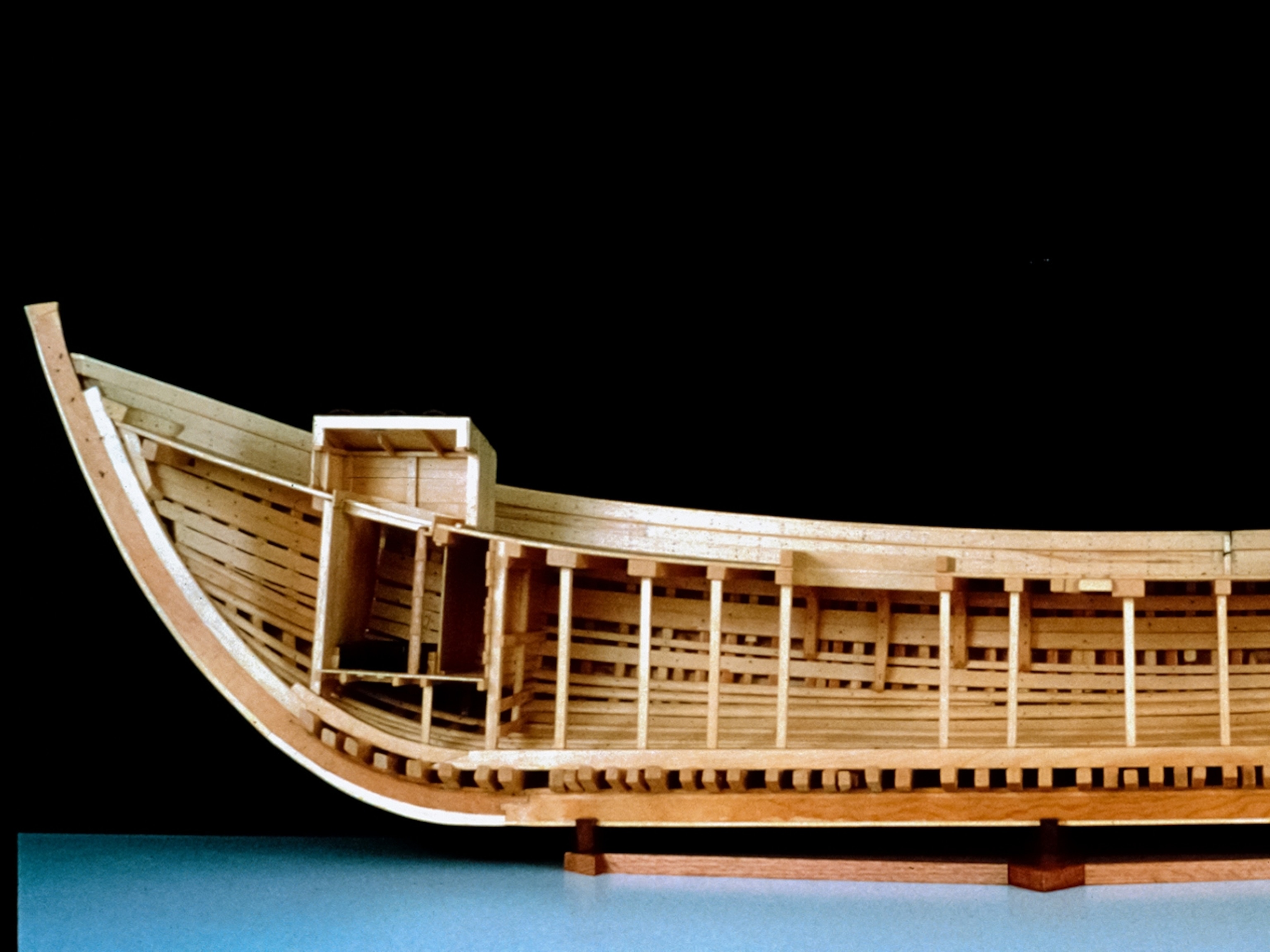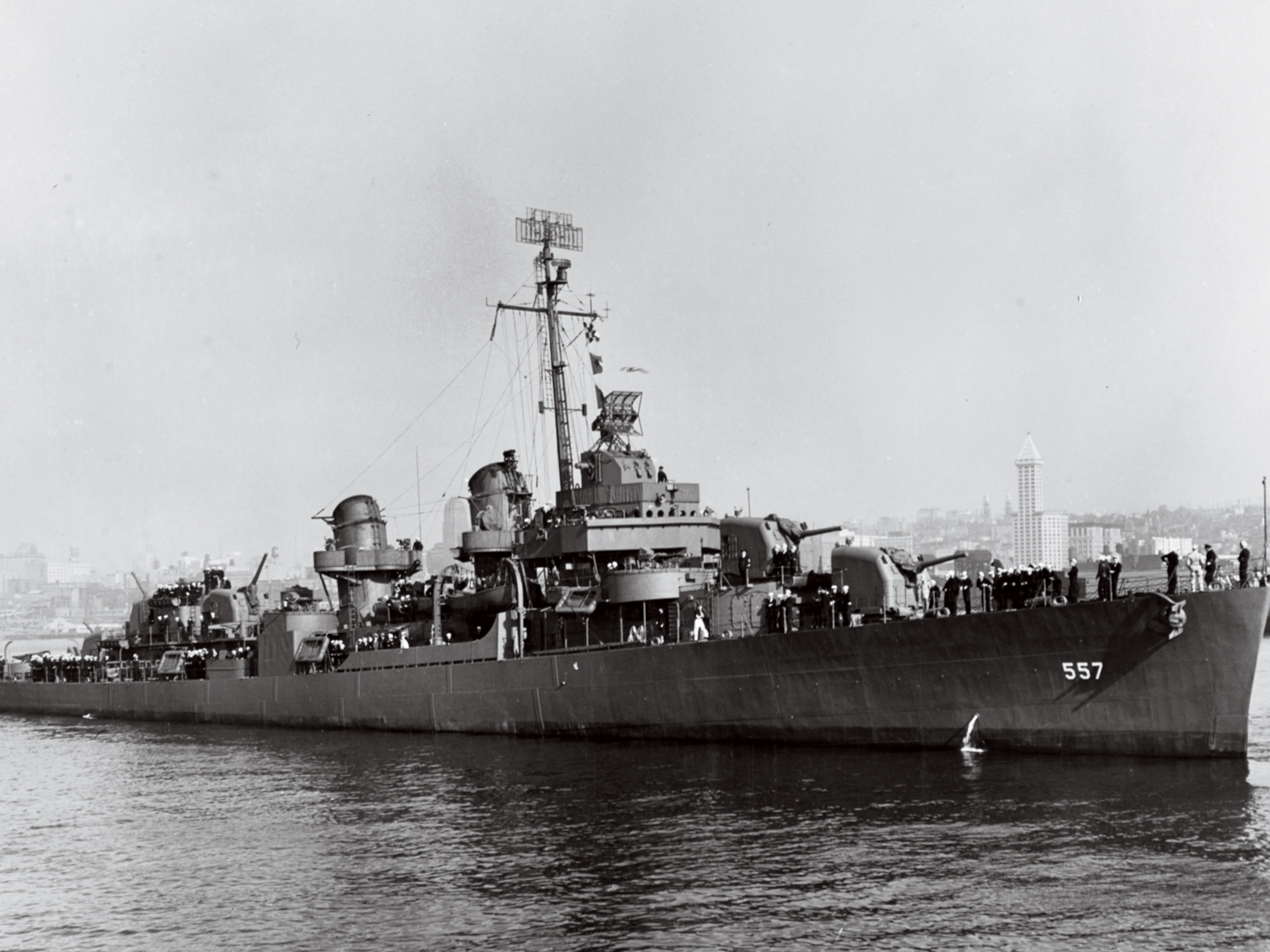Ahoy! It's the real pirates of the Caribbean—and the Carolinas
Privateers, buccaneers, and scurvy sea dogs prowled the Caribbean and the Atlantic in search of booty as the 'Golden Age of Piracy' dawned.

Pirate ships, treasure maps, and bottles of rum are just a few of the things that come to mind when thinking of pirates. These popular symbols and many others have their origins in the golden age of piracy, a period that began around 1500 and lasted for 300 years. During this time, the Caribbean islands and coasts of the Americas were the dynamic center of a trade empire linking Europe, Africa, and the Americas. Heavily laden trading ships carried slaves, sugar, precious metals, tobacco, and coffee among all three and generated enormous wealth for the dominant colonial powers: England, France, Holland, Portugal, and Spain. As trade boomed, so did piracy. By the 18th century thousands of pirates terrorized the rich merchant vessels and eluded the naval attempts to capture them.
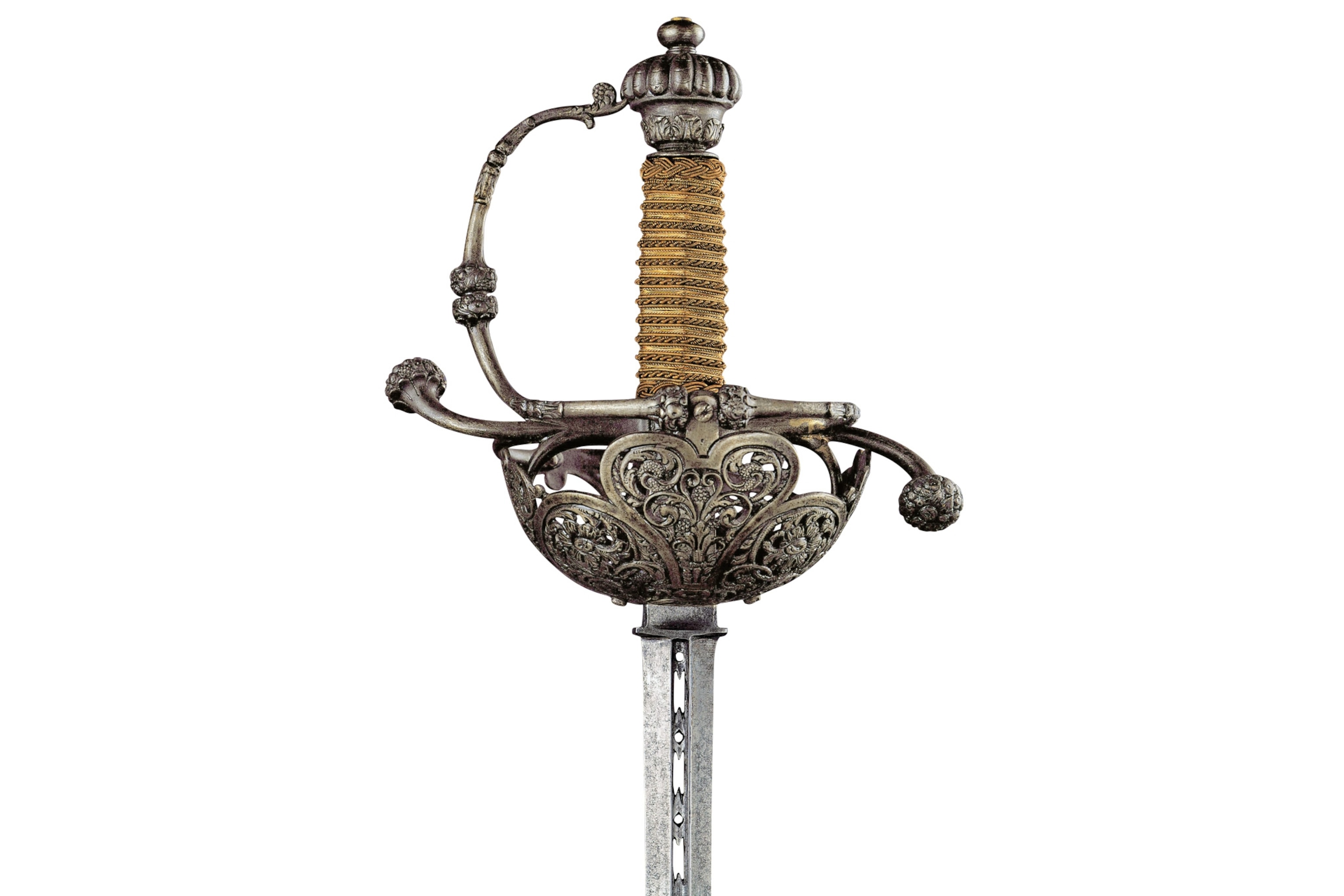
Pirates by any other name
Part of the romantic myth of piracy is the colorful terminology. In the second half of the 16th century some of the most famous pirates were sponsored by European nations. Called “privateers,” these pirates had government commissions to seize the ships, both trading and naval, of an enemy. Some of these pirates, such as the explorer Sir Francis Drake, were often regarded as patriotic national heroes. Drake was able to carry out his exploits because he was the bearer of an all-important letter of marque, issued by Queen Elizabeth I in 1572, which gave him the right to raid Spanish ships.
(Chance Blackbeard Discovery Reveals Pirate Reading Habits)
Corsairs were typically privateers sailing along the Barbary Coast in northern Africa in the 16th century; later, the word would be broadly applied to pirates in general. The terms “buccaneer” and “freebooter” arose in the 17th century. Buccaneers were adventurers who settled in Hispaniola, the island today divided between Haiti and the Dominican Republic. They lived off the meat of wild cattle, which they preserved using an indigenous smoking method called bouccan. In the mid-17th century they started to engage in piracy, just like the freebooters, a term deriving from the Dutch word vrijbuiter, “a person who freely takes booty.”
Legend versus Reality
Living the life
In 1713 the Treaty of Utrecht brought peace to the warring nations of Europe. As a consequence, their navies demobilized, and a large number of sailors needed to find work. Many of them found that freelance piracy could be a viable second career. Others were sailors who had served on merchant vessels where poor pay and terrible onboard conditions often spurred them into piracy. Pirate ranks also swelled after the capture of enemy vessels, and not all captured crews necessarily had to be forced to join their opponents. Many made the transition voluntarily.
Although there were a few notorious female pirates, most pirates were young men. At the beginning of the 18th century, their average age was 27—the same as sailors on merchant vessels and in the British Navy. Crews were diverse with a variety of ethnic backgrounds, including European, Native American, and African. Black men often saw piracy as an alternative to a life in slavery, but they came to these ships for many reasons. Some were freemen, others escaped slaves. Some were mutinous sailors, and others may have been captured by pirates themselves.
A tough way of life, requiring good health, physical strength, and endurance, youth was an important qualification for the job. Almost all pirates were unmarried. Most pirate captains preferred a romantically unattached crew, as they were less likely to desert for family reasons. It is estimated that between 1716 and 1726 just 4 percent of pirates were married. (Where did the Barbary pirates sail? Test your buccaneer knowledge with our quiz.)
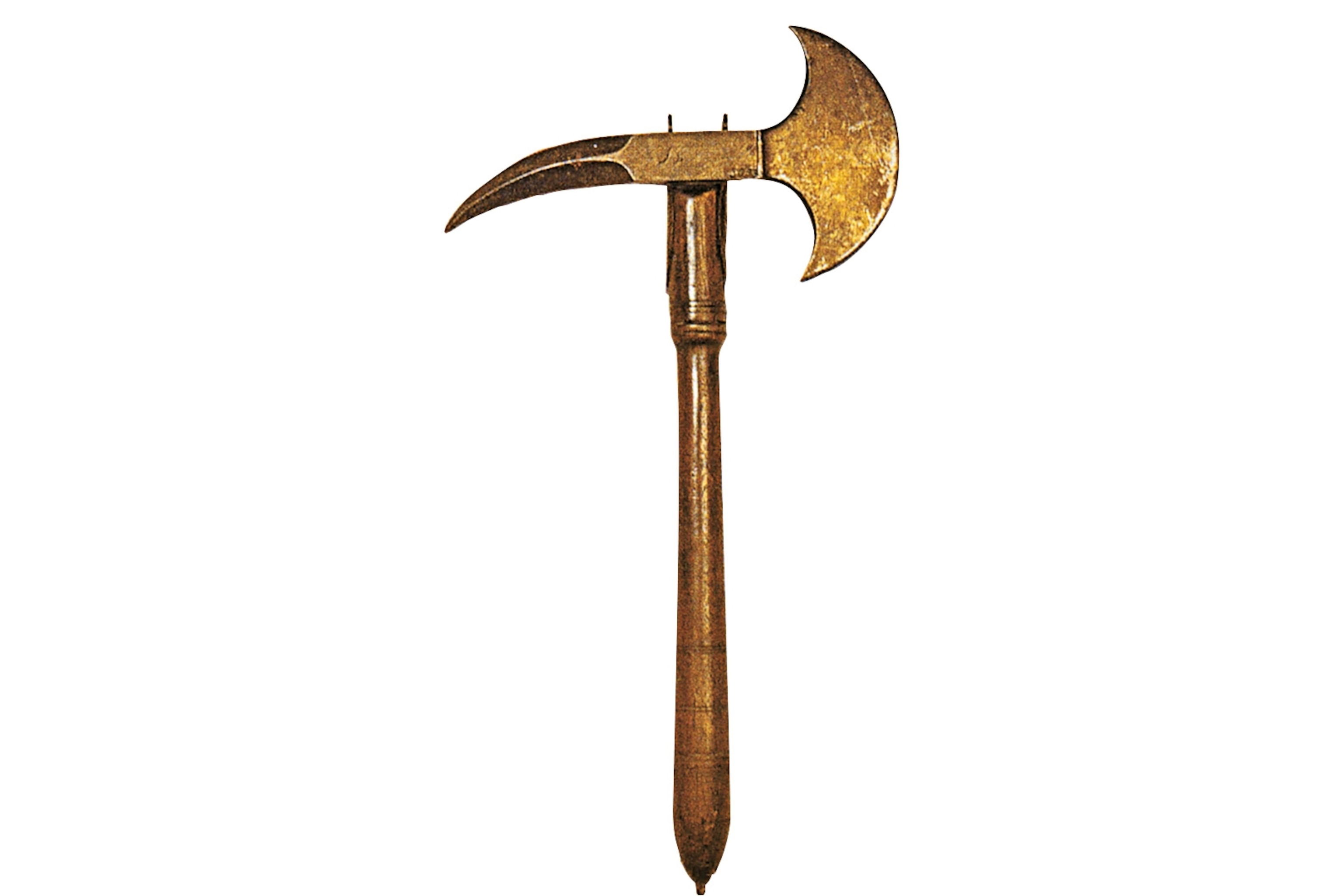
Crews varied greatly in number. The average size was around 80 men, many more than the usual crew of a merchant ship, which often counted no more than 20. The intimidating sight of a shipload of pirates bearing down on a smaller, outnumbered crew must have been terrifying.
Piracy was not necessarily a lifelong commitment. Apart from those who were captured and executed by the authorities, many men might retire after a few years, once they had seized enough money to settle down to a quieter, more routine life. After stopping for repairs just off the African coast at Cape Verde, Captain Johnson relates how the Welsh pirate Howell Davis left five crew members behind who had fallen in love with local women. In 1709 47 women, who were wives and relatives of pirates and buccaneers in Madagascar, sent Queen Anne of England a petition for amnesty.
Many sources from the era give scholars insights into the pirate culture between 1715 and 1725. One key, if possibly embellished, account is A General History of the Robberies and Murders of the Most Notorious Pyrates, published in 1724 by Captain Charles Johnson (some historians suggest Johnson was a pseudonym of Daniel Defoe, the author of Robinson Crusoe). Correspondence, colonial and naval reports, statements by former captives of pirates, and newspaper articles also provide a wealth of information about piracy during those years, helping historians understand how pirates lived in that period.
Pirate Queens
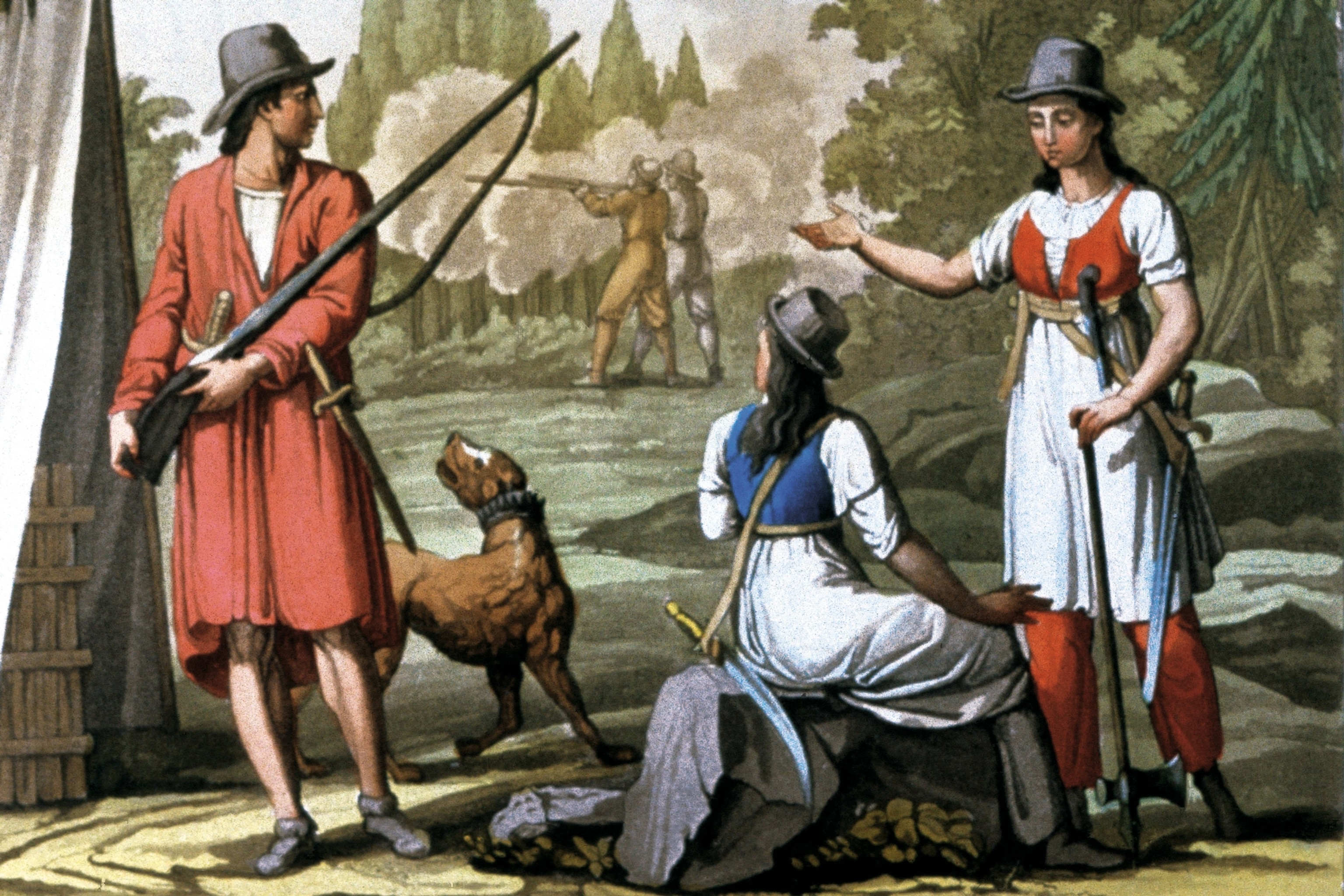
Anne Bonny, an Irishwoman married to a sailor in the Bahamas, ran a tavern in Nassau, which was frequented by a famous pirate, John Rackham—alias Calico Jack. She became his lover and joined his crew, donning men’s clothing during skirmishes. There was another woman aboard the ship: Mary Read, an Englishwoman who dressed as a man to join the army before becoming a pirate in the New World.
Both women showed great physical courage in battle. Later, several crew members were captured by a British force near Jamaica, and Calico Jack was hanged. The two women were spared execution by proving that they were both pregnant. Mary died of a fever in prison, while Anne went back to live with her father, who had since emigrated to South Carolina.
Pirate ships
During the golden age, many pirates had the best equipped and most advanced ships of that time. Fast and maneuverable, sloops were the pirate craft of choice, 40 feet long with one or two sets of oars, and armed with up to ten cannon. Crews aimed to capture larger boats, such as three-masted ships, which would then be armed with up to 30 cannon. Such vessels enabled them to engage warships. Blackbeard’s ship Queen Anne’s Revenge reportedly had 40 guns, and Bartholomew Roberts’s Royal Fortune carried 42.
Many accounts of pirates’ lives aboard their ships comes from captives. “It was not long before I realized that any death was preferable to being trapped among such an infamous bunch of crooks,” reads one statement from 1722. “[Their] entertainment consisted of uncontrolled drinking, monstrous cursing, horrendous blaspheming, shameless defiance of the heavens and mocking of the fires of hell. Only sleep put paid to the noise and carousing.”
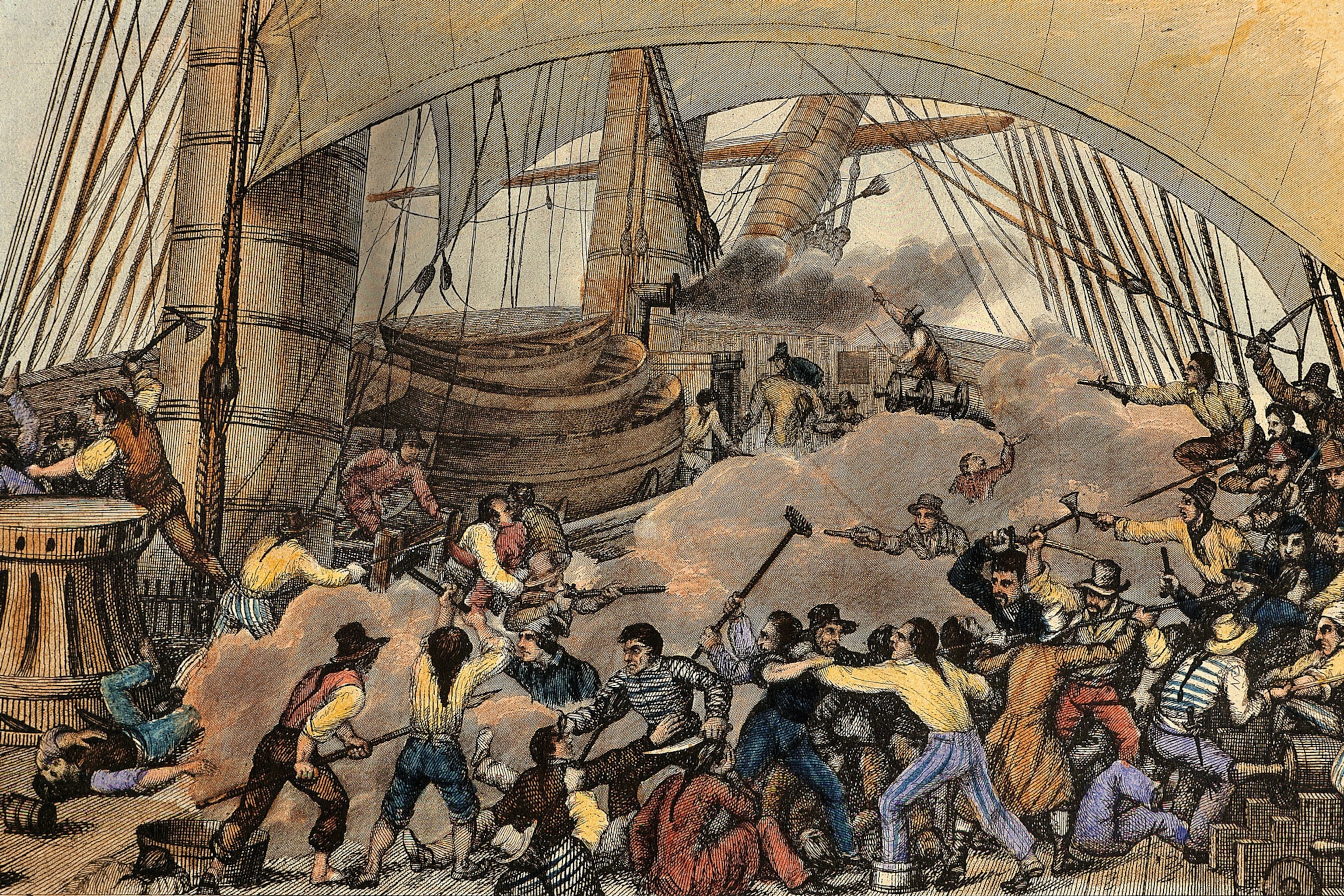
There is no doubt pirate ships did not instill the same rigid discipline as merchant ships or the navy, partly because the work could be shared among a larger crew, so they had free time for drinking, gambling, and music. There were frequent fights, as was only natural among crews that were united by a desire for sacking and looting rather than national loyalties. (Meet the foodie pirate who dined around the world.)
Even so, other witnesses say pirate ships were not just a free-for-all. To maintain the crew and ship, they had to organize guard duties, assign sailing tasks, and administer provisions. Some crews, such as that of Bart Roberts, had codes of conduct: gambling, fighting, and belowdecks drinking were banned, and each man’s share of provisions, clothes, and, of course, booty, was assigned in advance. Captains also had absolute authority during pirate attacks.
Such rules were often approved by the entire crew who, in turn, elected their captains. This organization is strikingly different from the hierarchical arrangements on naval vessels. At their best, pirate crews were often highly meritocratic. The best qualified members—those with nautical knowledge or the strong personality needed to maintain order among natural rebels in an undisciplined setting—quickly rose through the ranks, regardless of social rank.
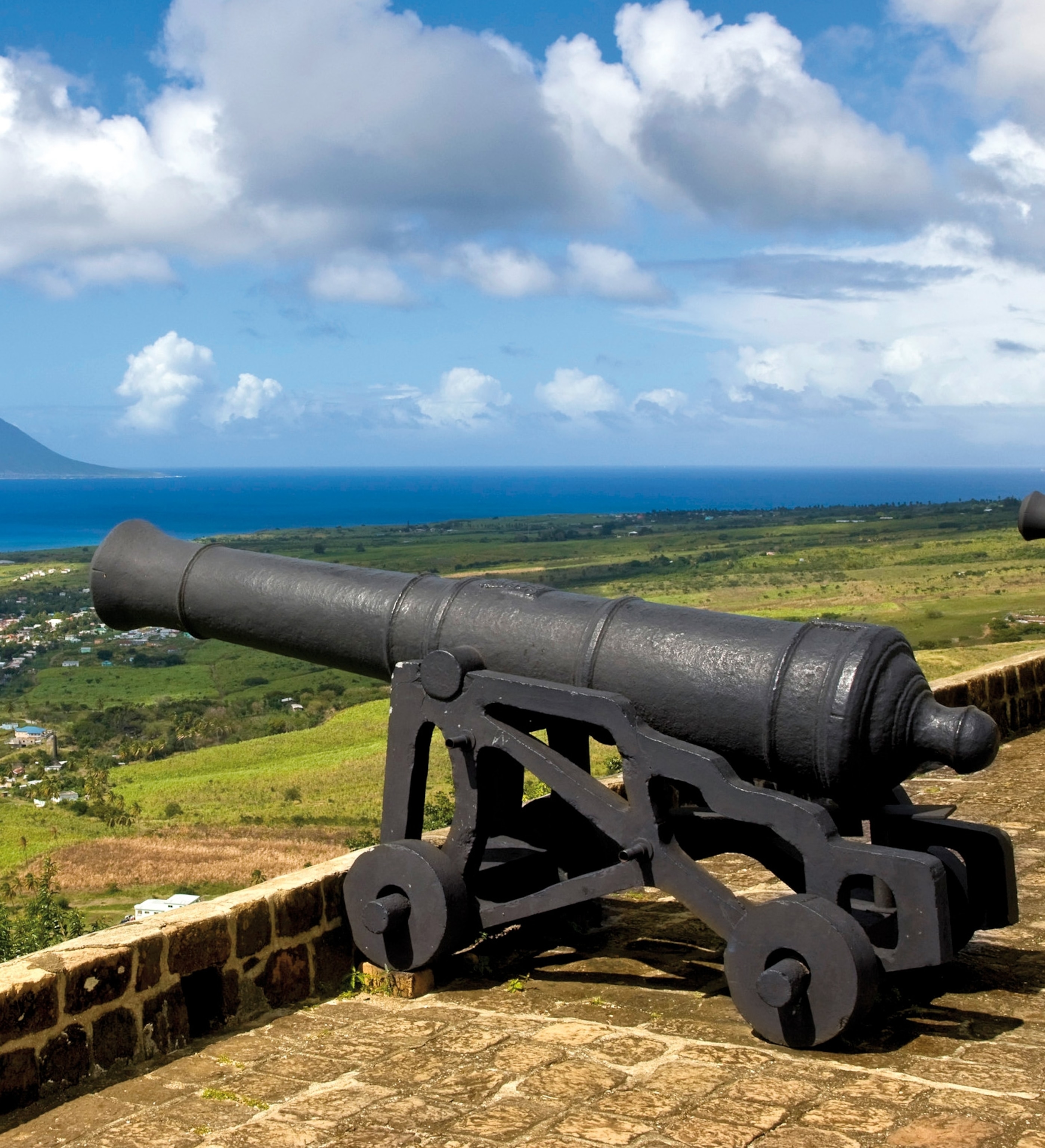
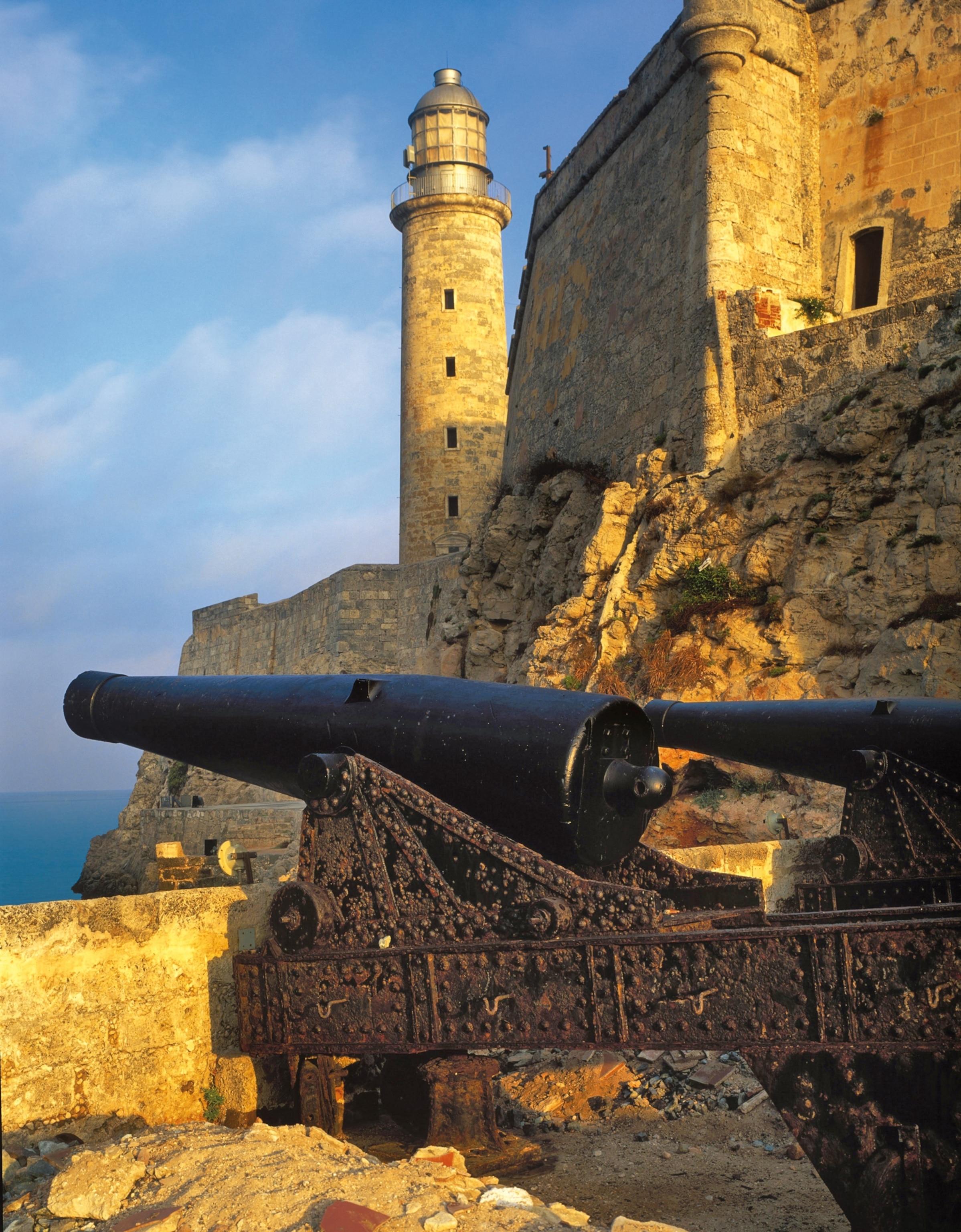
Hideouts and havens
Piracy thrived in places where crews could lie low and repair their ships, which is why the Caribbean, dotted with hidden coves and uninhabited islands, became the preferred location. Larger pirate hideouts soon took root within established harbors, where ringleaders could recruit men and enjoy their booty, such as the island of Tortuga, just off the coast of Hispaniola. Later, Tortuga was succeeded by Port Royal, Jamaica’s main port. Described as the “most wicked and sinful city in the world,” Port Royal was devastated by an earthquake in 1692. (These ancient pirates swashbuckled across the Mediterranean.)
The principal center during the golden age was Nassau, now the capital of the Bahamas. After the English governor lost control of the port, a powerful pirate republic grew up there, funded by the loot brought back by the great pirates of the time—men like Benjamin Hornigold, Charles Vane, John Rackham (Calico Jack), Samuel Bellamy (Black Sam), Edward Teach (Blackbeard), and Bartholomew Roberts (Black Bart).
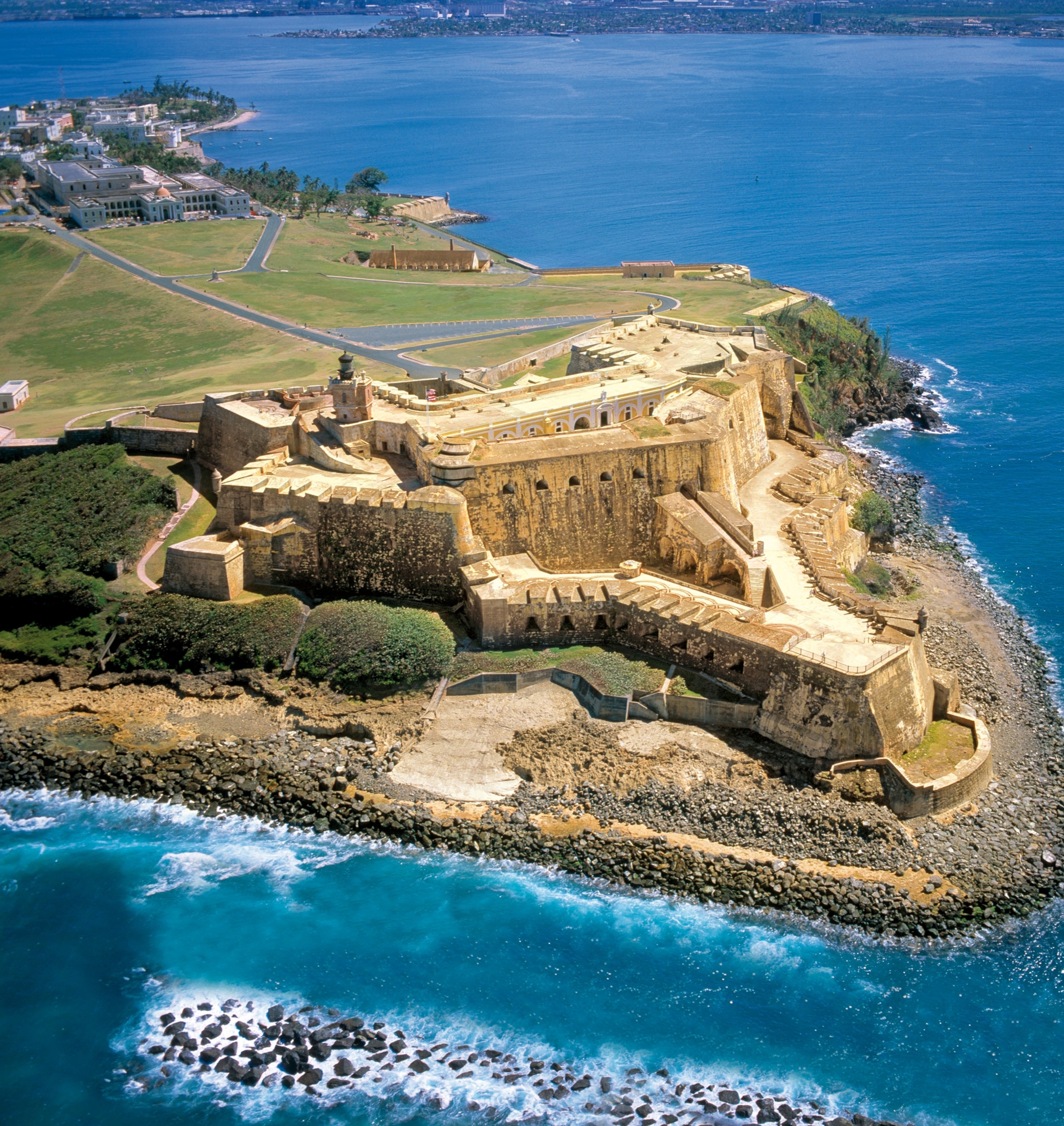
In the second half of the 17th century, frequent pirate sieges were mounted against wealthy cities. Spanish ones, such as Portobello, Cartagena, Havana, and Panama City proved attractive targets and were sacked by pirates. Other attacks happened in North America, such as Blackbeard’s successful 1718 siege of Charleston, South Carolina.
Unprotected merchant vessels remained the most common targets. Few ships put up any resistance to pirates. Once aboard, pirates sought out the cargo and treasure and would use intimidation to get it. There were reports of particularly sadistic pirate captains. According to the testimony of several victims, Charles Vane had a predilection for torturing sailors. Edward Low, another pirate from the same period, murdered an entire ship’s crew of 32 in 1724 for throwing its cargo overboard before surrendering.
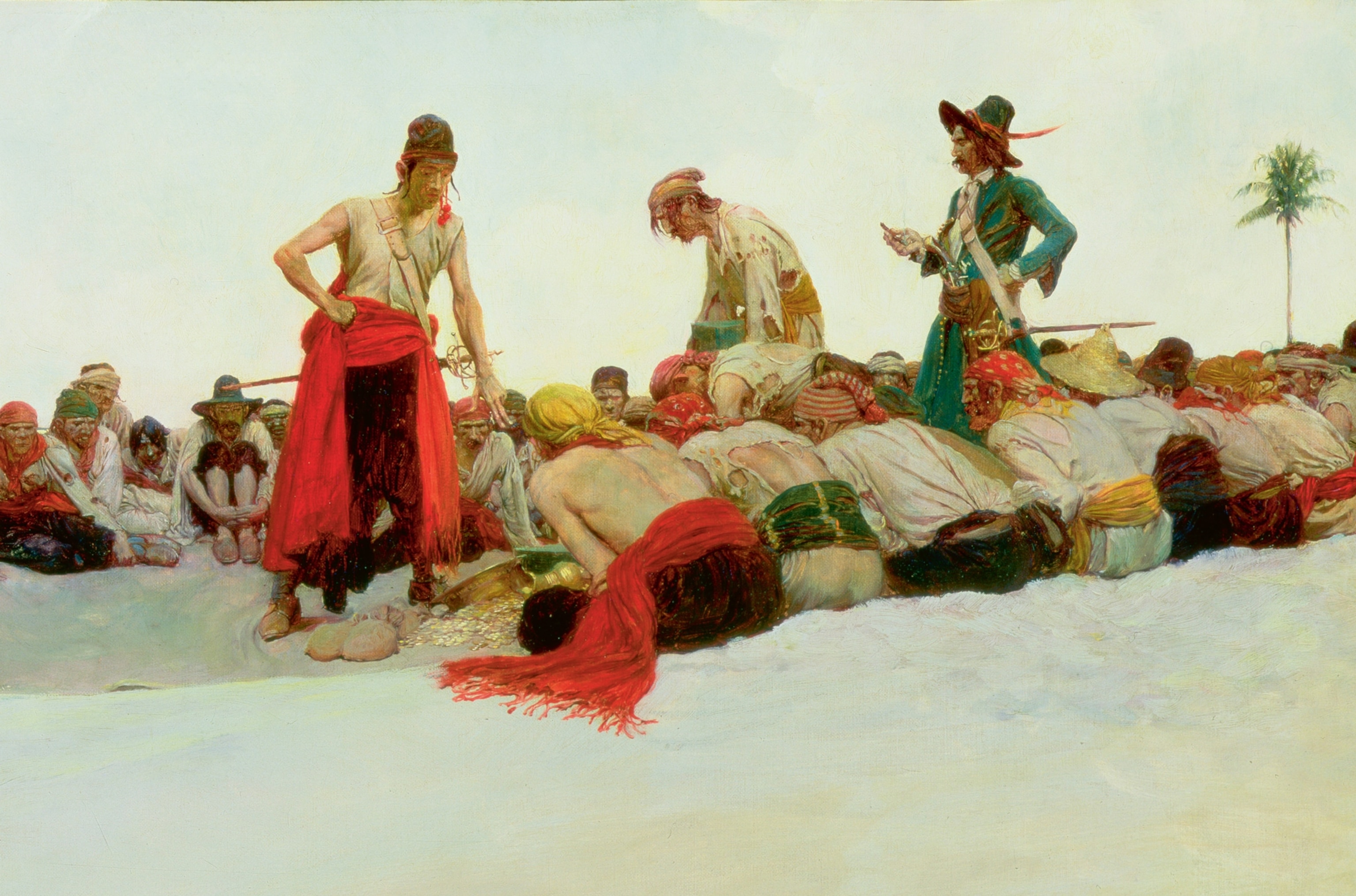
Pirates were happy to seize whatever loot they could: gold, silver, gems, and other valuables were prized, but it was not always treasure that pirates sought. Tobacco, sugar, and cocoa were profitable commodities. During the golden age, goods could be brought to ports and sold to respectable traders from neighboring islands. (For these pirates, their most valuable booty was a sailing atlas.)
All good things
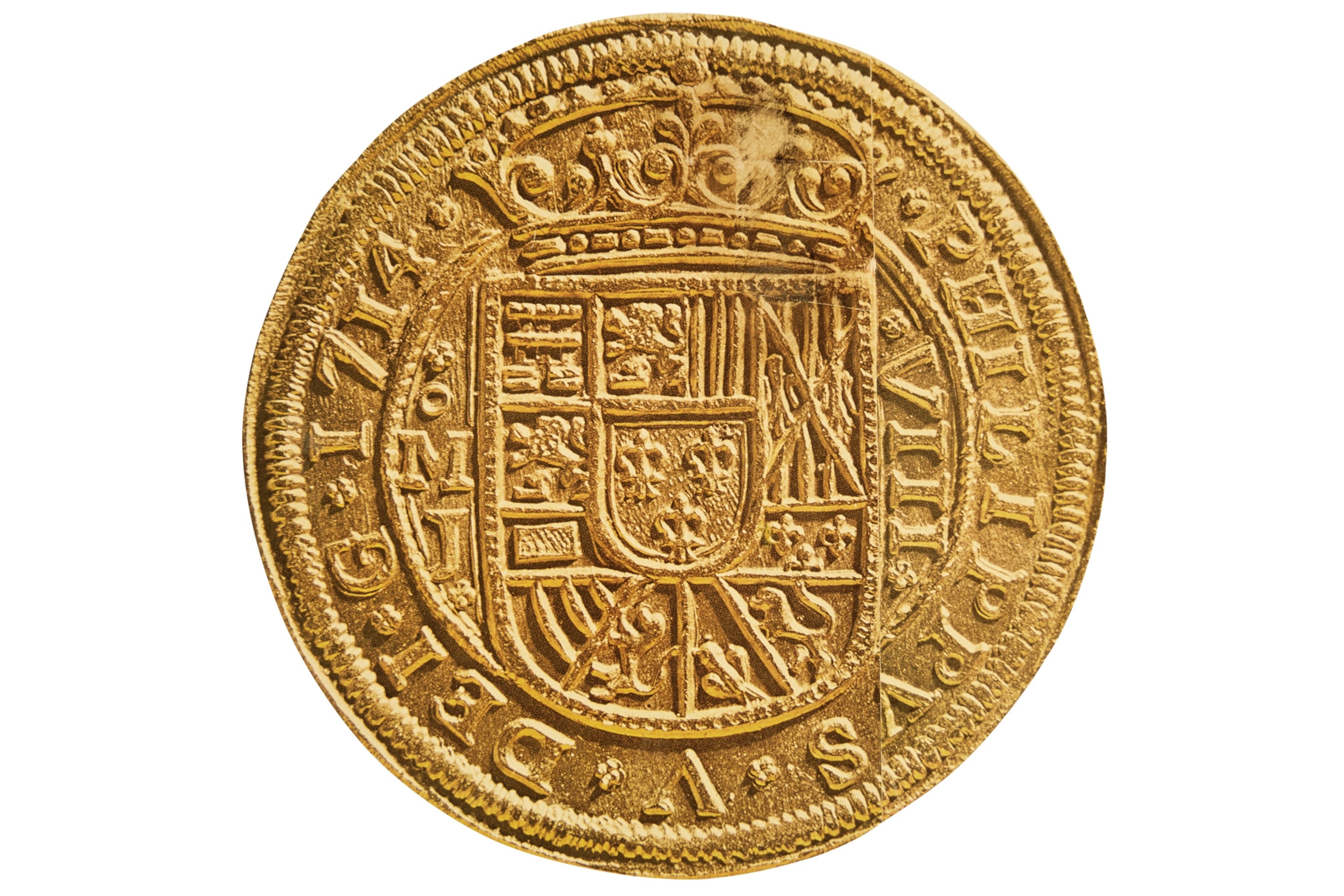
The boom in piracy did come to an end. In the early 1700s European nations began to introduce stronger antipiracy laws, increase the number of warships in the area, and offer rewards to those who turned in pirates. In 1717 England offered pirate captains and crews amnesty, threatening those who refused with no mercy if, and when, caught.
Over the following years, the buccaneer captains fell one by one. Black Sam died in a shipwreck in 1717. Blackbeard died fighting the British Navy the next year. Calico Jack was executed in Jamaica in 1720, and Black Bart was killed in the Gulf of Guinea in 1722. What could not be erased was the memory of those freebooting years, the tales of cruelty and valor that live on today in literature, music, and film.







